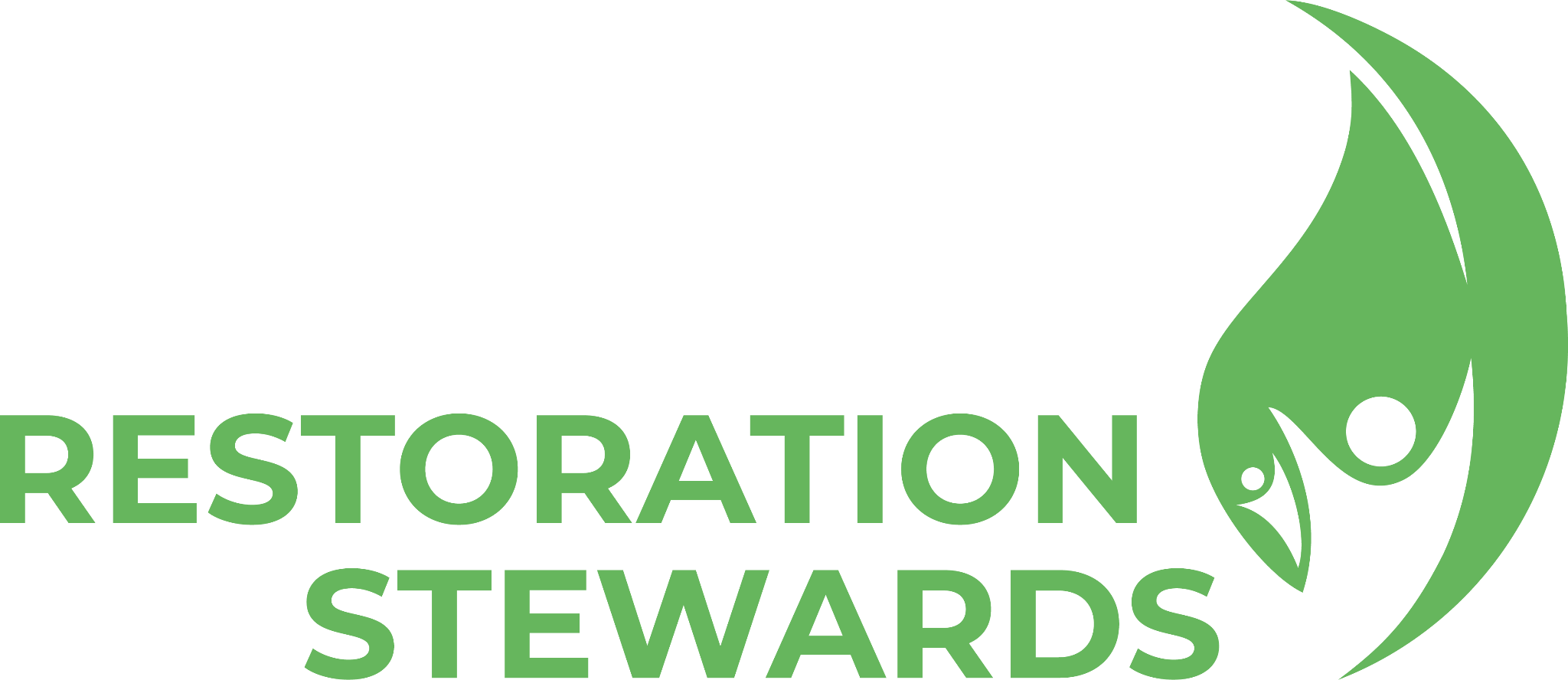Restoring and learning: Six months as a Restoration Steward
We, ecosystem restorers, face the challenges of time and money constraints to achieve our goal. At present, unfortunately, most restoration projects have funding for only one or two years. Few projects have a budget and an implementation plan for a decade or more, making it difficult to achieve sustainability.
The Restoration Stewards programme enabled us to continue our project in the north of the department of Tolima, Colombia. It aims to improve the habitat of two endangered endemic birds: the Yellow-headed brushfinch (Atlapetes flaviceps) and the Tolima dove (Leptotila conoveri).
How have we advanced our project in 2022?
This year, we returned to the places where, with a lot of effort, we planted trees between 2020 and 2021. We are happy to see how much they are growing!

However, restoring an ecosystem goes beyond planting trees. One of the key activities carried out this year has been the monitoring and maintenance of the plantations. Among others, we weeded land, more than 3000 trees, and replanted over 1000 in the areas where they had been lost.


As restoration is a constant learning process, we discovered that protecting and isolating an area from livestock takes more than a fence. Also, that economic benefits or incentives help to protect restored sites.
For instance, a farmer leased his land for cattle ranching on one of the project farms, which resulted in the lost of 2,000 trees that we had planted a year ago. Fortunately, we reached an agreement, replanted the trees and repaired the fences that had been cut.
Although at first I was frustrated with this situation, I understood that it is part of the process and that we must provide more options and benefits to farmers to ensure that what we plant will last over the years.
On the other hand, there are situations that we can’t fully control. A landslide in a planting area caused the loss of more than 500 trees. On reflection, we found that we may have failed by planting trees on a slope at risk of erosion. Today we know that bioengineering techniques could be applied in this area to ensure soil stabilisation before planting.

Another of our activities in 2022 was to assess tree growth. For this, we used the protocol proposed by the Pacto pela Resturaçao da Mata Atlântica (Atlantic Forest Restoration Pact), which is widely employed in forest restoration projects in Brazil and throughout Latin America. In a future blog post, we will share the results of this monitoring.

In the first semester of the year, we also collaborated in the process of declaring Civil Society Natural Reserves. Eight of the project’s farms are currently undergoing this process with the National Natural Parks of Colombia. After this experience, we know that declaring a reserve requires patience, which is a slow process.

We are truly grateful for the opportunity to be part of the Restoration Stewards programme and to continue improving habitat in the mountains of northern Tolima.


